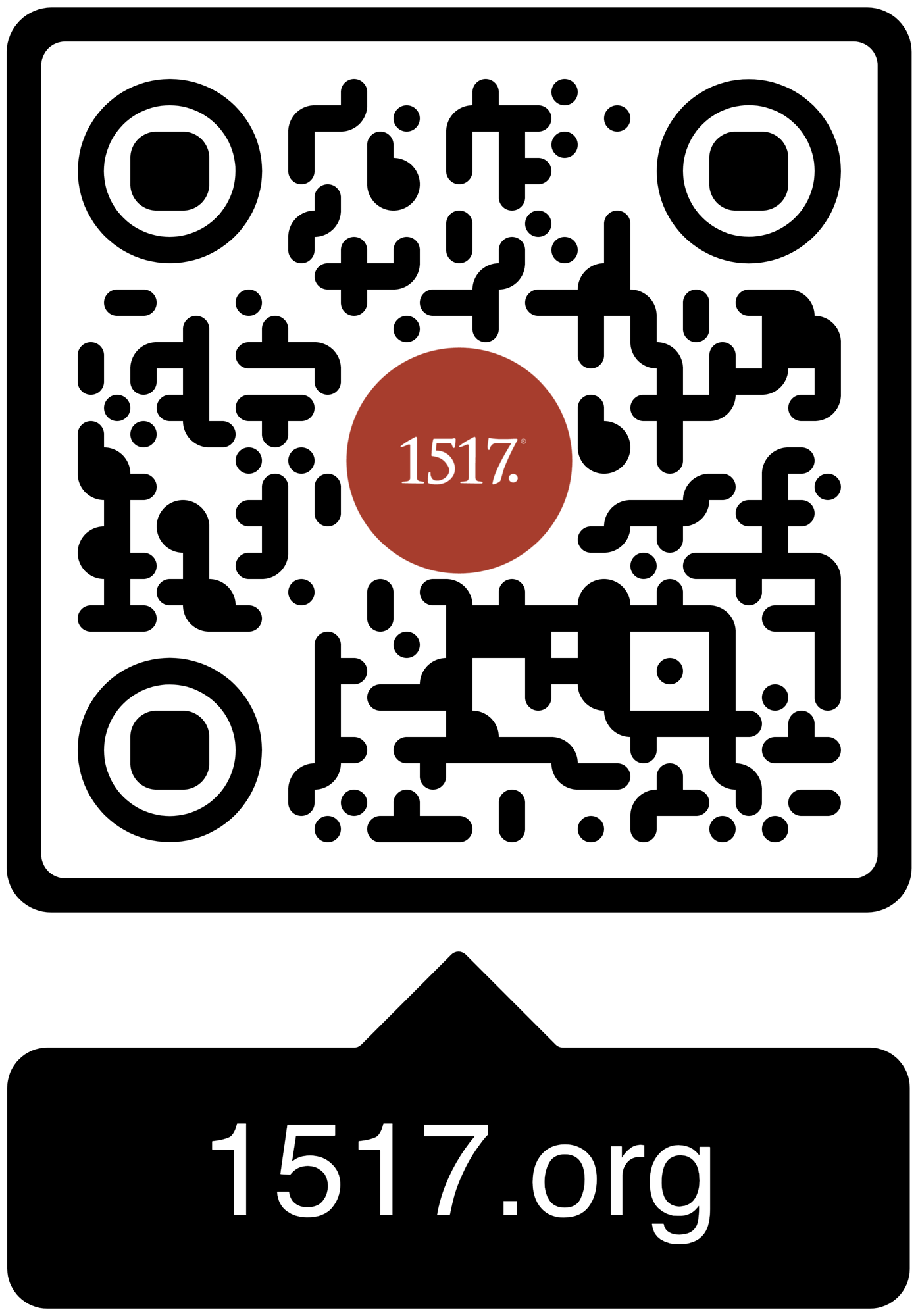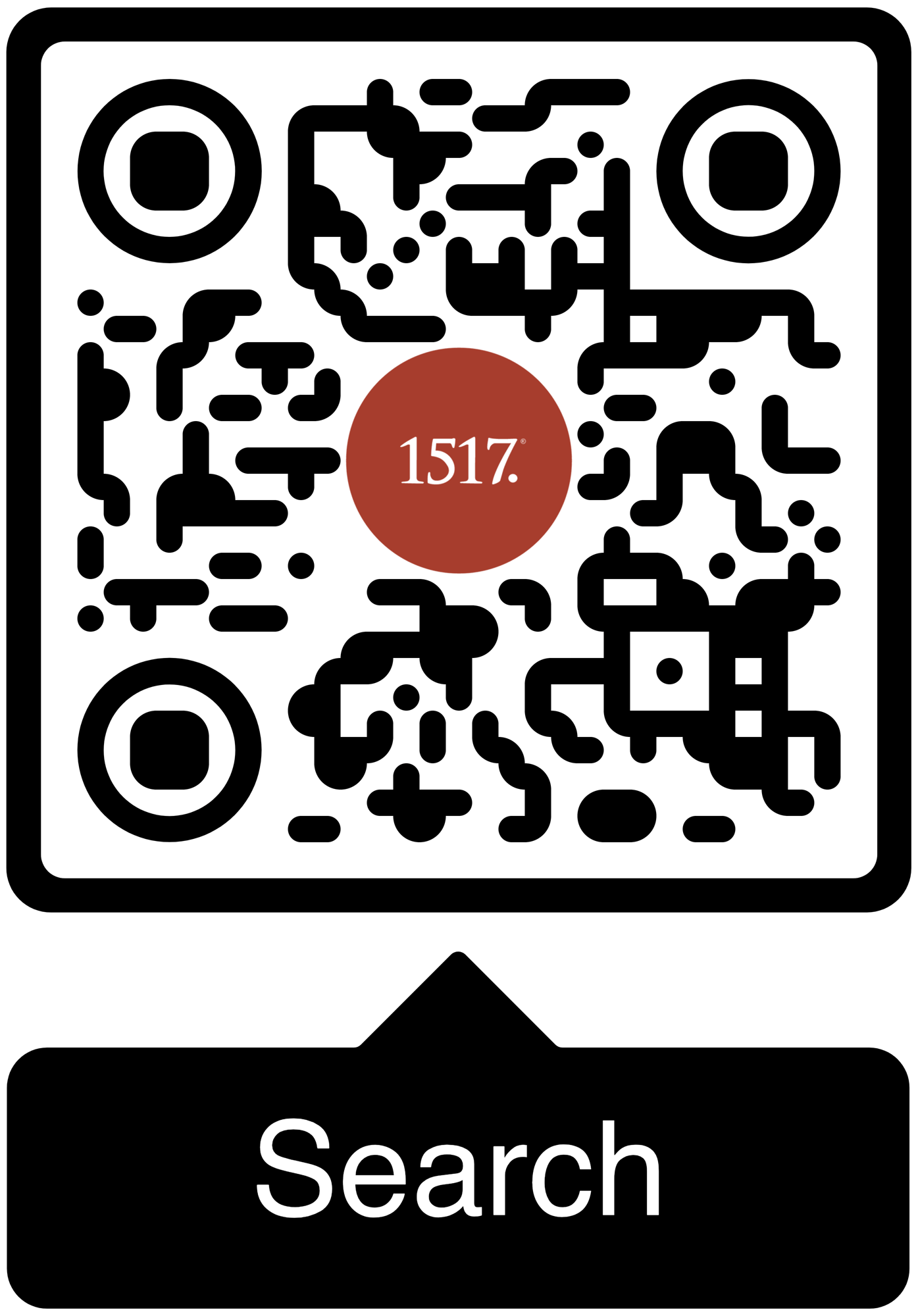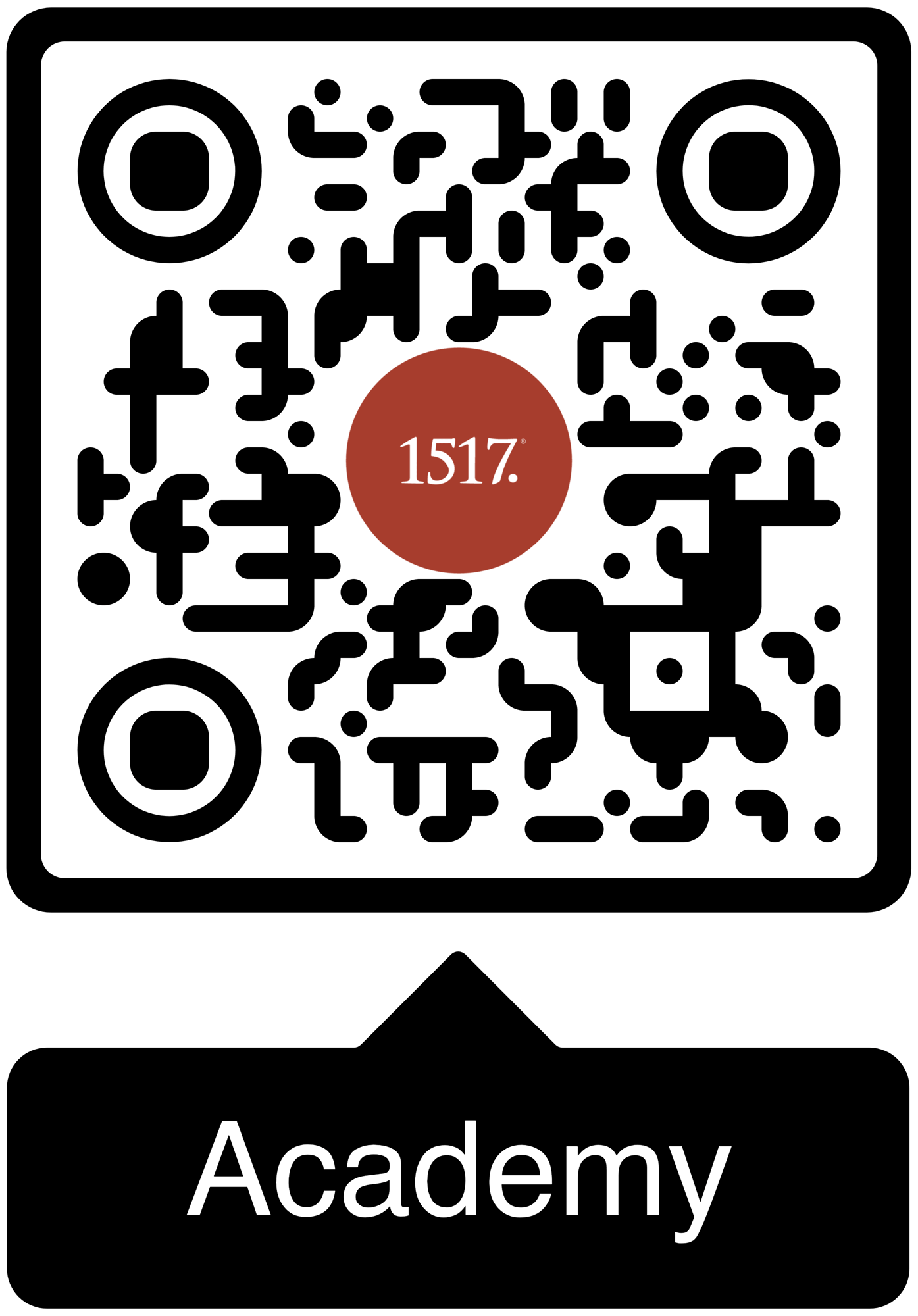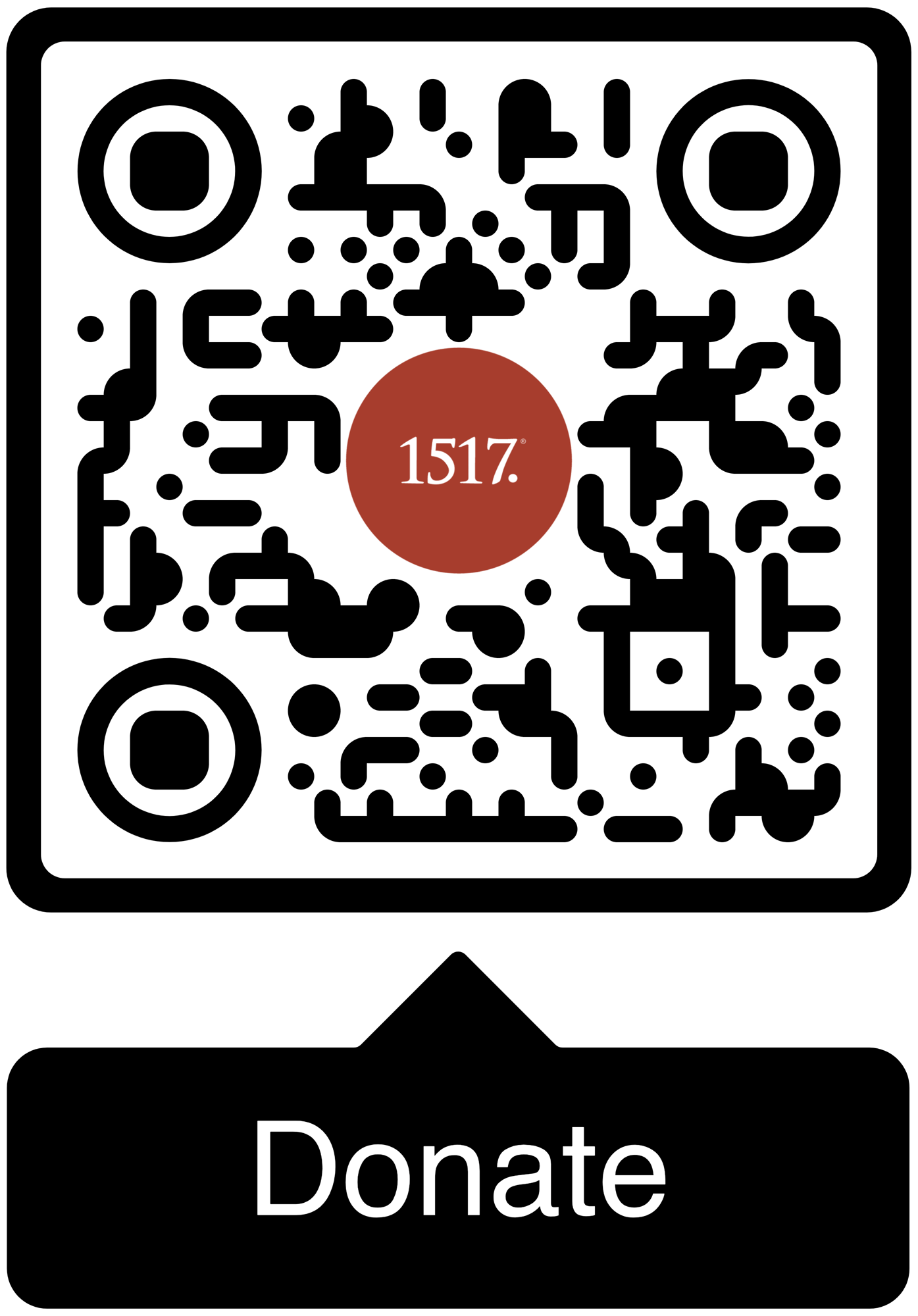The earlier Christians, like us, experienced the struggle, but they knew how the fact of Jesus coming back from three days in the tomb meant every day of their life on this earth was a day framed and governed by His claim on life for His people.
A century ago, the Swedish theologian Gustaf Aulén published a study of the ways in which the Church had proclaimed Christ’s atonement for sinners. He labeled the predominant “motif” in the works of ancient church fathers “Christus Victor.” His research pointed to the fact that in sermons, catechesis, devotional treatises, and the liturgical practice of the Church in its first centuries, salvation rested above all on Christ’s victory over sin, death, and the Devil, overcoming the condemnation of the Law and the wrath of God against sinners through His resurrection.
Such proclamation focused a good deal of attention on baptism, in which, according to Romans 6:1-11 and Colossians 2:11-15, believers are joined with Christ in His death and resurrection. As Paul taught in Romans 4:25, His death had dealt with sin, and His resurrection had restored our righteousness, our life as children of God. The apostle stated then in Romans 6:4 and Colossians 2:12 that baptism conveys to the faithful the end of their old identity as sinners by burying it in Christ’s tomb. He further confessed how the faithful receive this restoration to righteousness, to a life lived in newness of life (Romans 6:4), in seeking that which is above. This means thinking the way Christ thinks, putting to death everything that turns us in on ourselves, putting on compassion, kindness, lowliness, meekness, and patience, and putting up with one another, forgiving and loving in harmony (Colossians 3:1-14).
This emphasis on Christ’s resurrection victory over the Devil and death certainly brought comfort to those Christians in the first centuries of the Church’s existence as they faced death. In addition, they also took seriously that the victory had already accomplished their liberation and altered the way they lived each day. As Basel professor Oscar Cullman observed shortly after World War II, when Christ came out of the tomb, it was like the landing of Allied troops on the shores of Normandy in June of 1944. Eleven months of hard struggle lay ahead, but the victory had essentially occurred when the beachheads were established.
The earlier Christians, like us, experienced the struggle, but they knew how the fact of Jesus coming back from three days in the tomb meant every day of their life on this earth was a day framed and governed by His claim on life for His people. As Luther wrote in his Small Catechism, the life of repentance which baptism has instituted is a life where we daily bury our sins with Christ through contrition and repentance, a life in which we come forth and rise up to live before God in righteousness and purity forever (Luther’s Small Catechism, Baptism, Question Four).
The Easter hymns we have inherited repeat that theme. John of Damascus (696-754 AD) looked back to Israel’s delivery when he composed “Come, You Faithful, Raise the Strain.” He certainly had the resurrection he would enjoy on the Last Day in mind. But he focused on the joy and the peace which issue into joyous and unwearied strains of praise that proclaim the Lord’s triumph in the course of daily life. Venantius Honoratius Fortunatus (530-609 AD) also knew the eternal implications of Christ’s conquering death when he wrote “Hail Thee, Festival Day.” But he was also excited about the resurrection’s impelling the apostles to go to the ends of the earth preaching Christ and His wonderful works. This hymn celebrates the Holy Spirit’s shining the light of the empty tomb through the world and into the fount of our being, the light that enlightens each believer and brings concord, harmony into the lives of His people as they show the love of Christ to each other. Coming with the power of resurrection into our sometimes battered lives, Jesus provides the balm that heals our hurts. He puts our pursuits back in order with His peace.
Coming with the power of resurrection into our sometimes battered lives, Jesus provides the balm that heals our hurts. He puts our pursuits back in order with His peace.
Twentieth century hymns have echoed that theme. Lutheran pastors, professors, and poets have given us fresh new choruses that place the resurrected life in Christ squarely in the middle of our experience of daily life here and now. In “Now All the Vault of Heaven Resounds,” Paul Zeller Strodach (1876-1947) sang of the resounding of the vault of Heaven that proclaims the triumph Christ brings by being present in our lives. He grants grace sufficient for life’s day and causes our lives to sing of His triumph.
Concordia Seminary professor Martin Franzmann (1907-1976) gives us “Our Paschal Lamb, That Sets Us Free.” He leads us in confession in that our Paschal Lamb, who sets us free, lets malice die. Rather, He lets love grow strong anew and Franzmann reminds us that the truth of the reports of our Lord’s leaving His tomb stamp out the lies of the one who Jesus defeated through His death and resurrection.
In “Up Through Endless Rank of Angels,” Jaroslav Vajda (1919-2008) reminds us that the Holy Spirit has come into our lives to guide us toward the endless Eastertide Jesus ushered in by rising from the dead. On our path of wanton wandering, filled with fear and failure, the message of our Lord’s rising comes with power and love to accompany us as we move toward the heavenly goal.
Herbert Brokering (1926-2009) drenches us singers in pictures of walking the way of the One who has won us Heaven forever in “Alleluia! Jesus Is Risen.” Jesus, the vine, let His branches live life in the Holy Spirit as the gift of future life flows into each day here and now. Weeping and sorrow flee before the risen One, as we anticipate God’s city that lasts forever on the river of life, presided over by the Lamb.
In “Who Are You Who Walk in Sorrow,” Herman G. Struempfle (1923-2007) has those who walk in sorrow follow the Emmaus road, wakened by the Spirit’s breath that came at the baptismal font to name and claim us and also feeds us at His table. This Spirit has shaped our lives, our joy, and our worship so that we bring gifts of love, as we live with people called from every land and race, praising Him as His Church, His servant body, which shares His healing grace.
Dying and rising with Christ while we are still in this struggle gives strength and peace in the midst of our life of vulnerability. For our Lord has come alive to live as one of us, in death and in resurrection. We hope He will catch up with our fast-paced lives when He seems to have fallen behind. We yearn for His turning-up when we think He has abandoned us. We experience the vulnerability of the Victor when we stand up for those whom the world beats down. We recognize what it means that He suffered with us, even as He suffered for us. But at the end of the day, we know our liberator lives and He will stand with us on the Last Day even as He stands with us on this, the first day of the rest of a life through which His life shines through into the world around us.
Martin Luther wrote the liturgy that frames our day as he prescribed a form for the daily devotions of the children, their siblings, and the parents in his largely illiterate church. Their morning should begin with meditation on whatever Scripture they had memorized, summarized in the Ten Commandments and the Creed, followed by prayer, which propelled them into their day singing a hymn and “going to work joyfully.” They were to then follow the same pattern at bedtime and “go to sleep quickly and cheerfully.” Such is the life Jesus has given His Easter people for today as well.





